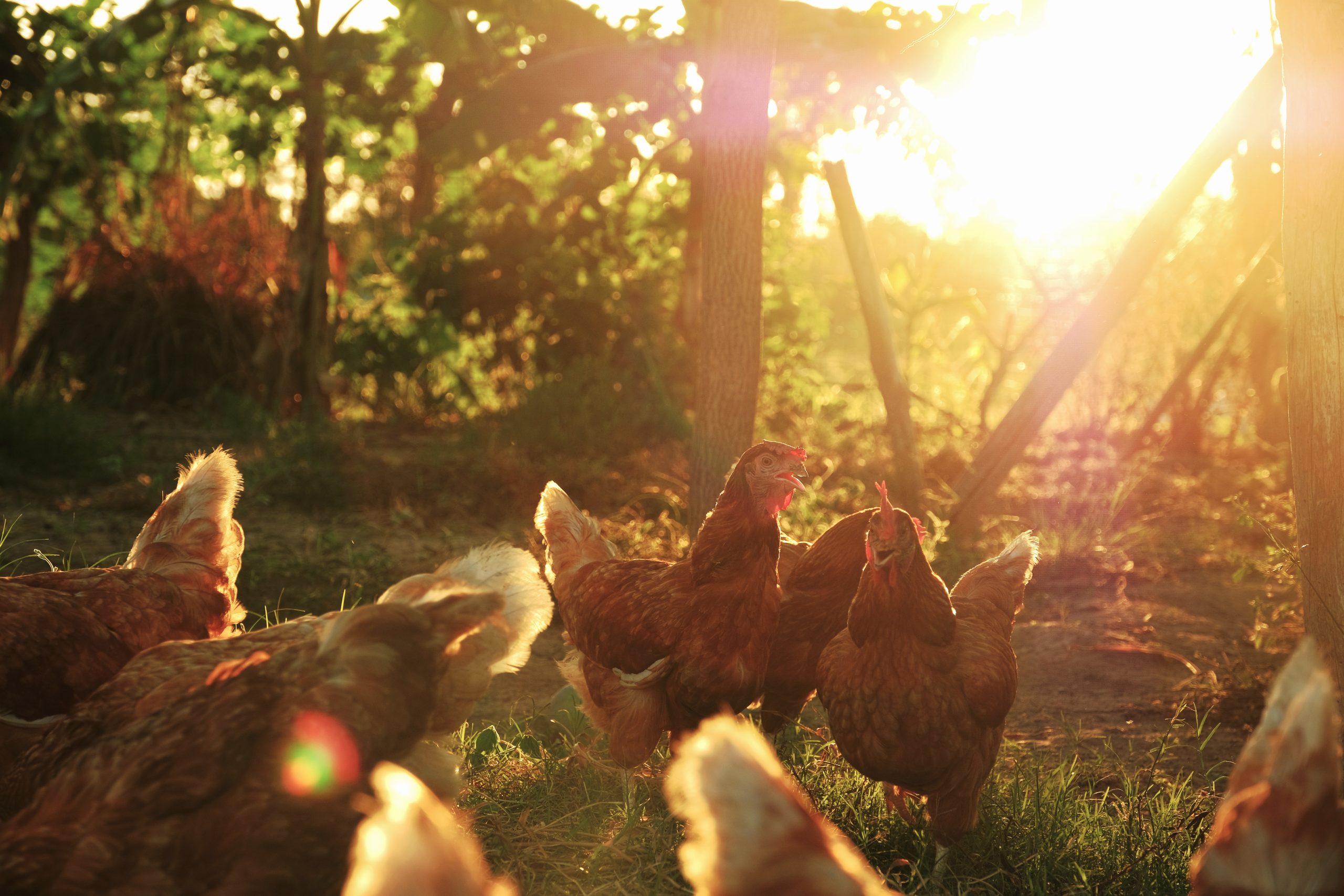
Chickens are farm superstars. They produce eggs almost daily. Some chickens have even been known to lay multiple eggs per day. They don’t require much food in order to produce those eggs, either. One thing that many chicken owners quickly realize is that some chickens tend to slow down or stop laying eggs in the winter.
Why is that? Keep reading to learn more about why chickens may stop laying in the winter.
Hens and Daylight
The hen’s body and egg production is a complex cycle that is impacted by the amount of daylight. Hens produce eggs almost constantly. It takes a hen’s body about 21 days to produce one egg, so there are always numerous eggs in various stages of development at any given time. The hen’s body starts by developing and maturing an egg in the oviduct. This egg is what will become the yolk of the egg that she lays. Once the yolk has matured, the albumen, or the white of the egg, is developed around the yolk. This is then covered by a membrane and then sealed off with a calcium and mineral shell.
The entire process is guided by hormones. Hormones tell the hen’s body to start maturing the eggs, moving the eggs through the oviducts and laying them. Oddly enough, the hormones that control egg-laying are greatly affected by daylight.
Chickens absorb sunlight through their eyes during the day. When the amount of daylight increases, the amount of sunlight absorbed also increases. The sunlight stimulates the pituitary gland to produce melatonin. We tend to think of melatonin as being a supplement to help us sleep, but in chickens, the hormone is tightly related to egg-laying.
Melatonin is secreted in the highest amounts when daylight is over 12 hours per day. Melatonin regulates the release of another reproductive hormone- the follicle stimulating hormone, or FSH for short. FSH is the hormone that causes follicles on the ovary to start developing into eggs. Without FSH, egg production doesn’t occur. Since melatonin helps to regulate and release FSH, egg production cannot occur without enough melatonin and daylight.
This is the reason that most hens won’t reach sexual maturity until daylight reaches 12 hours per day. A pullet hatched in the fall will often lay sooner than a pullet hatched in the spring because of this. Both pullets will reach physical maturity around 16-20 weeks. Spring pullets may reach physical maturity after the daily sunlight peaks, whereas the fall pullet will reach physical maturity before sunlight peaks. The fall pullet will be physically ready to start laying eggs when the daylight starts producing ample melatonin to trigger FSH and egg production.
This relationship between daylight, melatonin and FSH is why many hens slow down or stop egg production in the winter. The amount of daylight each day drops, creating a drop in the amount of melatonin and therefore FSH. This impact is greater the farther up north you get. If you live in northern states, you may notice that your hens lay less in the winter compared to people raising hens in southern states.
Luckily, many of the breeds available today were developed in the Northeastern U.S., where winter daylight is low. These breeds were developed over many generations and only the most productive hens were kept. This led to the creation of hens that can still keep laying, even when daylight is minimal. If you’re concerned about not having eggs in winter, look for hens like the Rhode Island Red, Delaware, Plymouth Rock or from another breed developed in the Northeast.